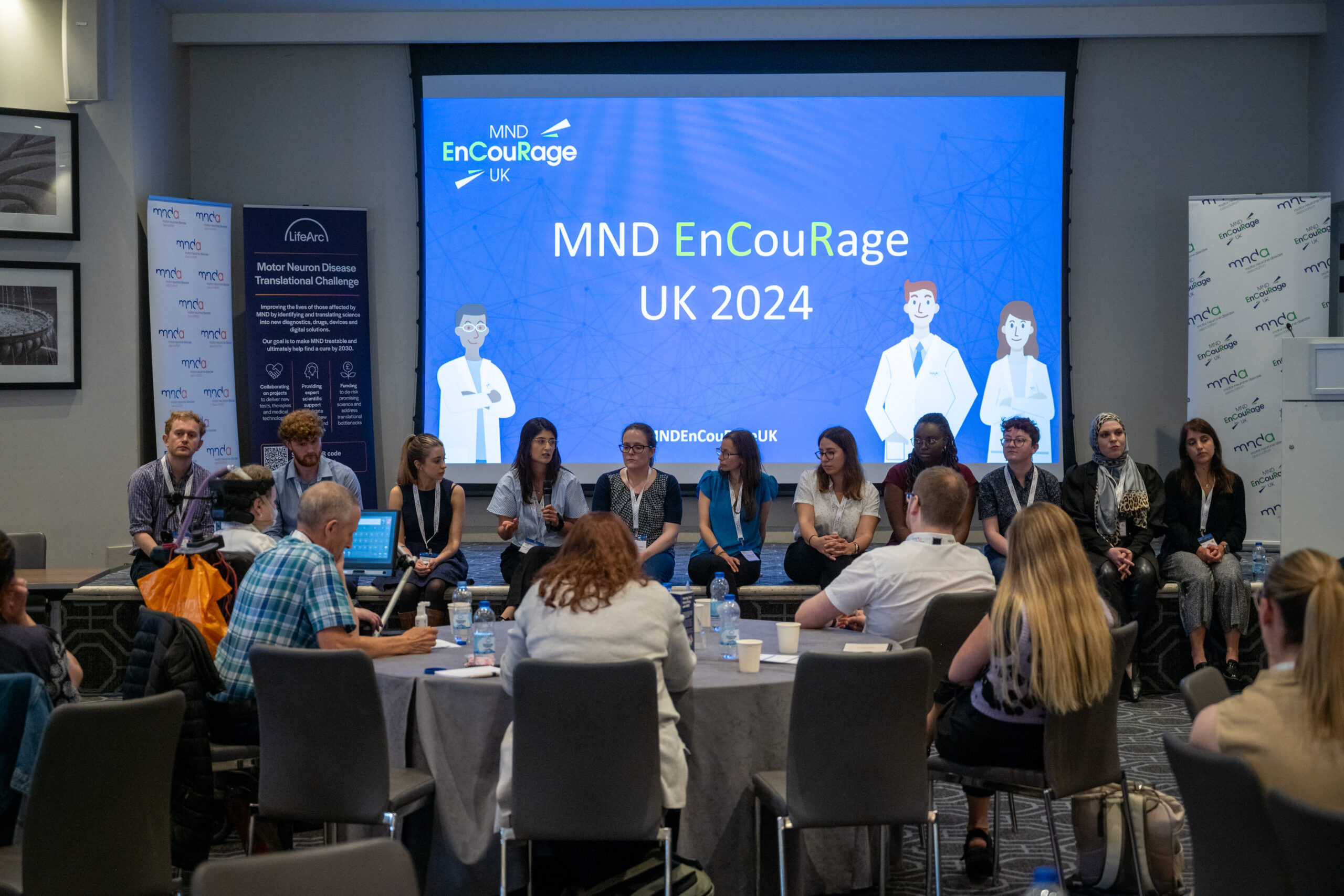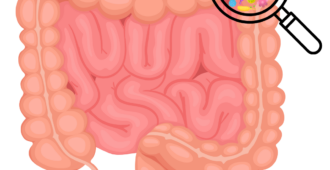Background to C9orf72 toxicity
We know that damage to C9orf72 (both the gene and the protein it makes) is a crucial step in why some people get MND and why some people get frontotemporal dementia. There are three possible reasons why C9orf72 is toxic. 1) the way the gene is damaged alters how it normally works. 2) the formation of clumps of RNA – a by-product of the damage and not normally seen in cells, and 3) the formation of very short, new and unwanted proteins called ‘dipeptide repeats’ or ‘DPRs’, again these are not normally seen..
There’s evidence of all three types of toxicity within the motor neurone, but we don’t know how they work together or if one is more toxic than another. We also know that the protein TDP-43 forms clumps in motor neurones affected by the C9orf72 gene.
PhD research in Dr Hirth’s lab at King’s College London

Dr Hirth has made genetically altered fruitflies to investigate each of these three parts of C9orf72 toxicity and also to look at how TDP-43 changes C9orf72 toxicity. For the last two years Daniel Solomon has been studying these flies as part of his MND Association funded PhD research at King’s College London (our grant reference 868-792).
A big part of his research has been in designing the experiments to study each part of this toxicity in isolation, to be really sure which reason for the toxicity is true. So far he’s shown that it is the dipeptide repeats that are causing the toxicity. He’s also shown that the presence of these dipeptide repeats causes TDP-43 to become toxic too.
For more information on funding research involving animals please see our website: www.mndassociation.org/animalresearch
Throughout June 2016 MND Awareness Month will be highlighting the rapid progression of the disease in its powerful Shortened Stories campaign, sharing the experiences of people currently living with MND, or who have lost loved ones to the disease, through art, poetry and film.





